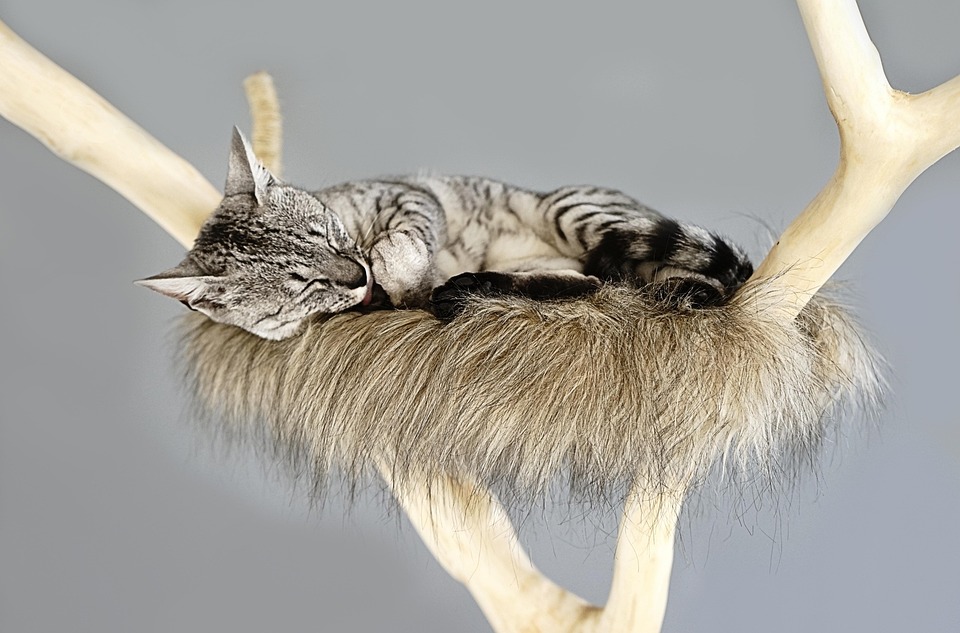The Arm-istice: A Delicate Matter
As we go about our daily lives, it’s easy to take our arms for granted. We use them to greet our friends, type on our keyboards, and even give our loved ones a good ol’ hug. But have you ever stopped to think about what exactly constitutes an arm? Is it just the long, flexible limb that connects our shoulder to our hand? Or is there more to it?
In this article, we’ll delve into the fascinating world of appendages that are technically not arms, but still play a crucial role in our daily lives. From the tiny tentacles of sea creatures to the remarkable appendages of insects, we’ll explore the diversity of appendages that will leave you wondering what exactly makes an arm an arm.
Tentacles: The Tentative Arms of the Sea
Sea creatures like octopuses and squids have long, flexible tentacles that they use to capture prey, defend themselves, and even change color to blend in with their surroundings. But are these tentacles technically arms? Not quite. While they share some similarities with human arms, they are structurally different and serve a different purpose.
Tentacles are typically thinner and more flexible than human arms, and they lack the bony structure that defines our limbs. Instead, they are made up of soft, muscular tissue that allows them to change shape and extend in a variety of ways. So, while tentacles may look like arms, they are actually a unique and specialized appendage that has evolved to serve the needs of sea creatures.
Antennae: The Sensory Arms of Insects
Insects like ants, bees, and butterflies have a pair of antennae that they use to sense their environment and communicate with other insects. While they may not look like arms, antennae play a crucial role in the daily lives of insects, allowing them to detect food, avoid predators, and even navigate their surroundings.
Antennae are typically long, thin structures that are covered in tiny sensory organs called sensilla. These sensilla allow insects to detect chemicals, vibrations, and even light, giving them a wealth of information about their environment. So, while antennae may not be traditional arms, they are an essential part of an insect’s sensory system.
Pseudopodia: The Amoeba’s Arms
Amoebas are single-celled organisms that use a unique type of appendage called pseudopodia to move around and capture food. Pseudopodia are long, thin extensions of the amoeba’s cell membrane that allow it to flow through its environment and engulf prey.
While pseudopodia may not look like traditional arms, they serve a similar purpose. They allow the amoeba to move around, capture food, and even defend itself against predators. So, while pseudopodia may not be as complex as human arms, they are an essential part of an amoeba’s survival strategy.
The Arm-istice: A Delicate Matter
As we’ve seen, there are many appendages that are technically not arms, but still play a crucial role in our daily lives. From the tentacles of sea creatures to the antennae of insects, each of these appendages has evolved to serve a specific purpose and play a unique role in the world.
So, the next time you’re tempted to take your arms for granted, remember the fascinating world of appendages that are technically not arms. From the pseudopodia of amoebas to the antennae of insects, each of these appendages is a testament to the incredible diversity of life on Earth.
FAQs
Q: What is the definition of an arm?
A: An arm is a long, flexible limb that connects the shoulder to the hand or wrist.
Q: Are tentacles technically arms?
A: No, tentacles are not technically arms. While they share some similarities with human arms, they are structurally different and serve a different purpose.
Q: What is the purpose of antennae in insects?
A: Antennae are used by insects to sense their environment, detect food, avoid predators, and even navigate their surroundings.
Q: Are pseudopodia the same as arms?
A: No, pseudopodia are not the same as arms. While they serve a similar purpose, they are structurally different and are used by single-celled organisms like amoebas.
Q: What is the most fascinating appendage you’ve ever seen?
A: That’s a tough one! For us, it’s the incredible appendages of insects like ants and bees. Their ability to sense their environment and communicate with other insects is truly remarkable.
Image
[Image: A colorful illustration of a sea creature with tentacles, an insect with antennae, and an amoeba with pseudopodia. The image is captioned "The Arm-istice: A Delicate Matter"]
Caption: This illustration showcases the diversity of appendages that are technically not arms, but still play a crucial role in our daily lives. From the tentacles of sea creatures to the antennae of insects, each of these appendages has evolved to serve a specific purpose and play a unique role in the world.



